New Additions
Breeding Bird Atlas work in Charles Co., Maryland. Last updated: 6/18/2006
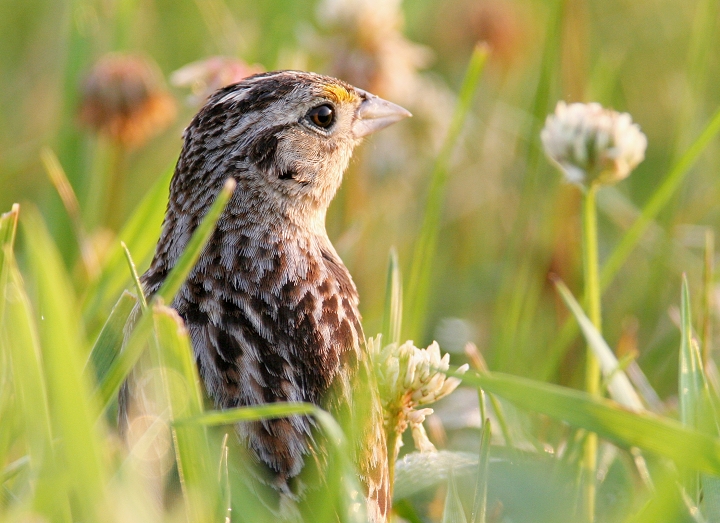
Above and below two: Grasshopper Sparrows near Mathias Point, Charles Co., Maryland (6/18/2006).
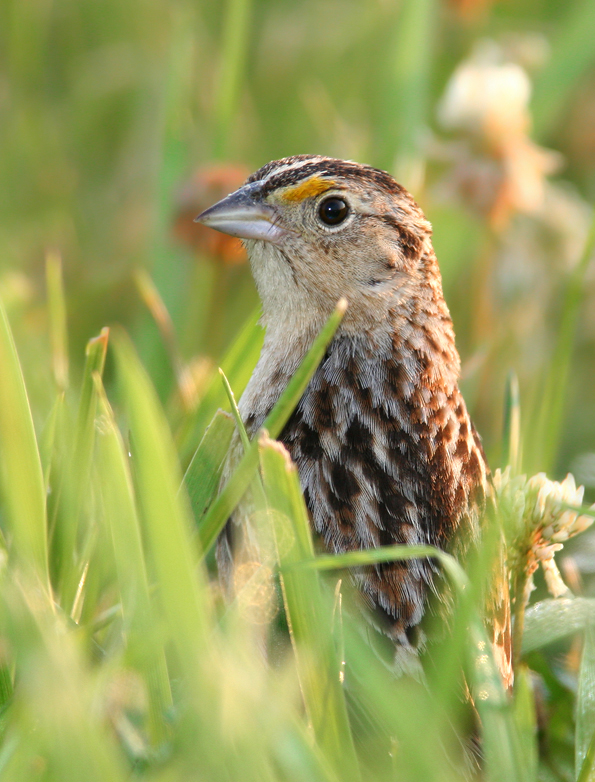
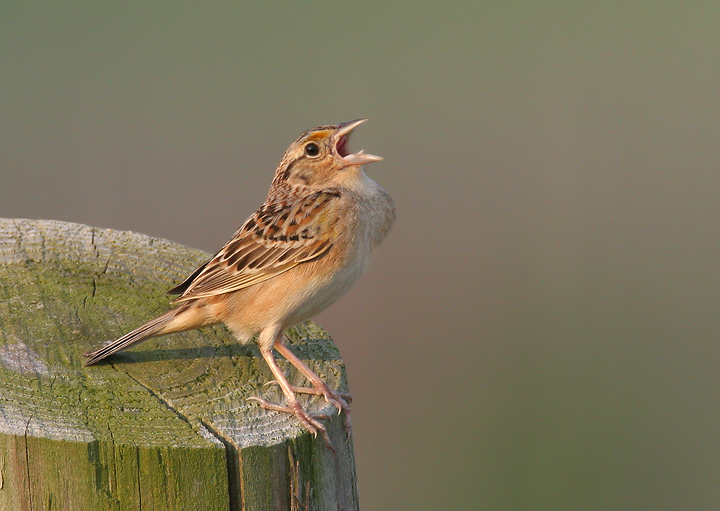
Below two: Eastern Box Turtles in St. Mary's Co., Maryland (6/18/2006).
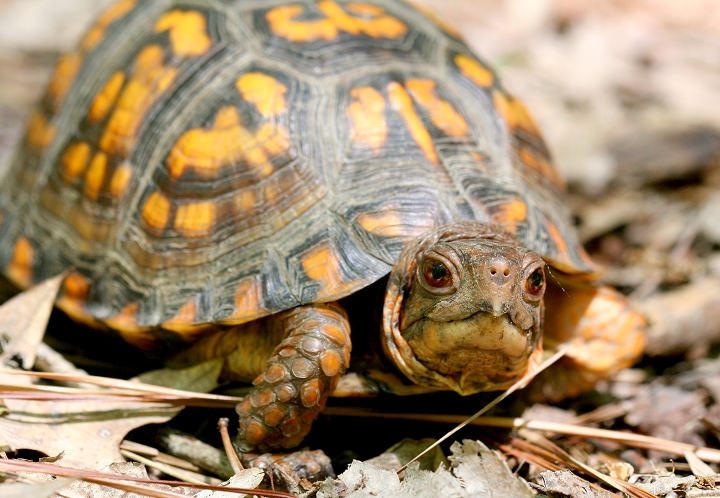
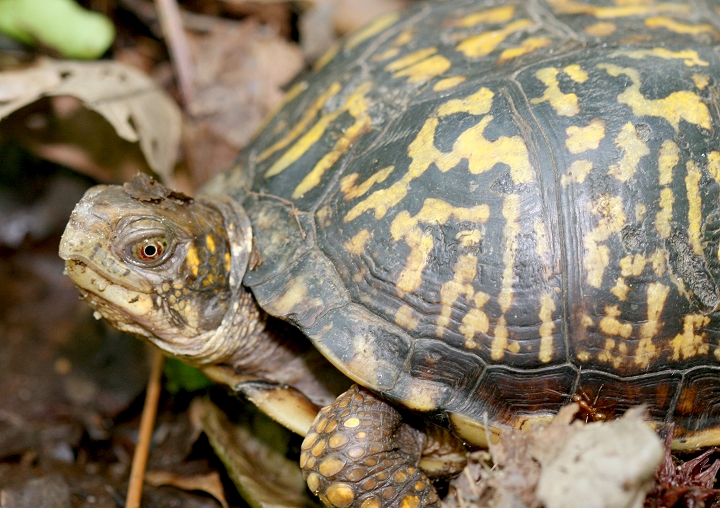
Below: A pair of Blue Grosbeaks near Mathias Point, Charles Co., Maryland (6/18/2006).
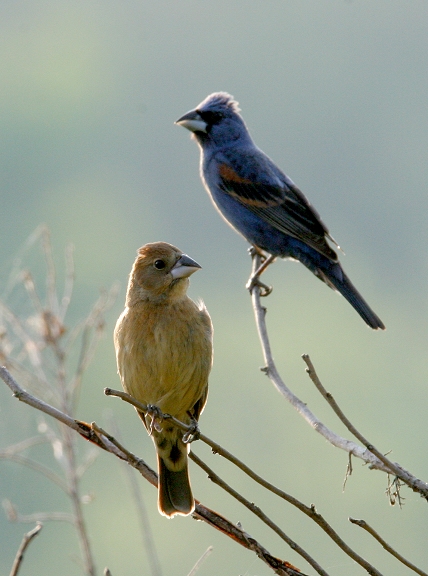
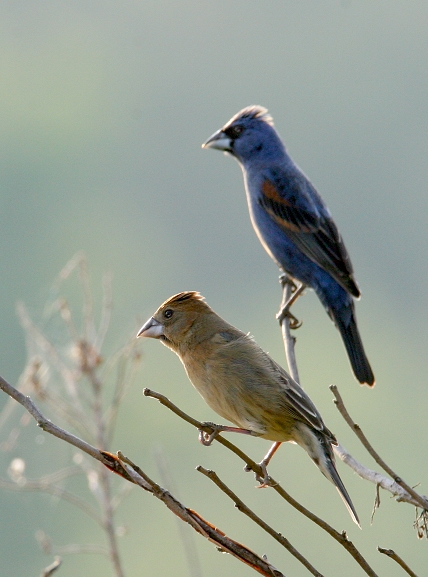
Below: A male Indigo Bunting in Charles Co., Maryland (6/18/2006).
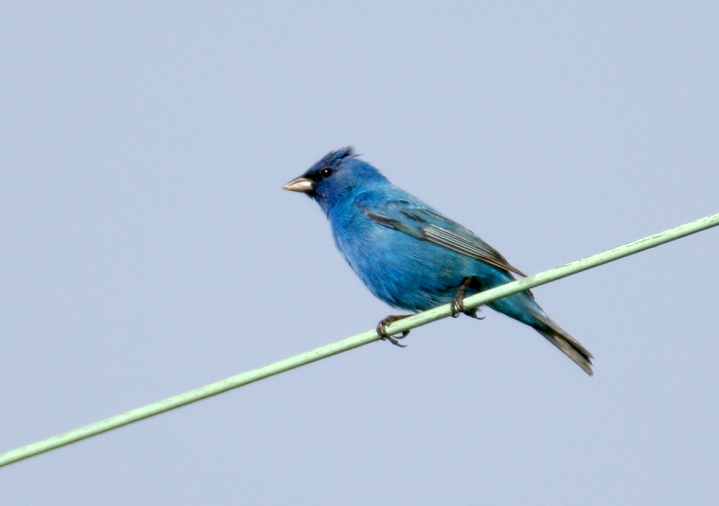
Below: An Eastern Cottontail in Charles Co., Maryland (6/18/2006).
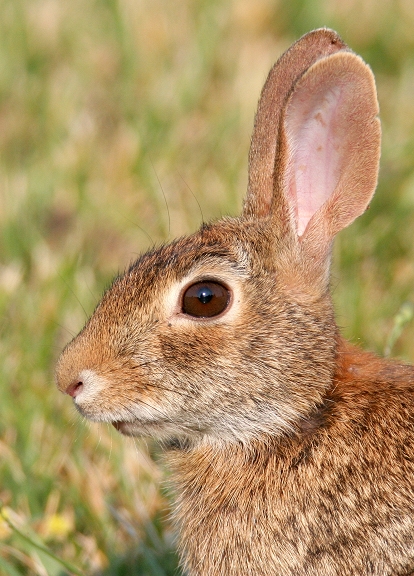
Below: A recently fledged American Crow (right) with doting parent in Charles Co., Maryland (6/17/2006).
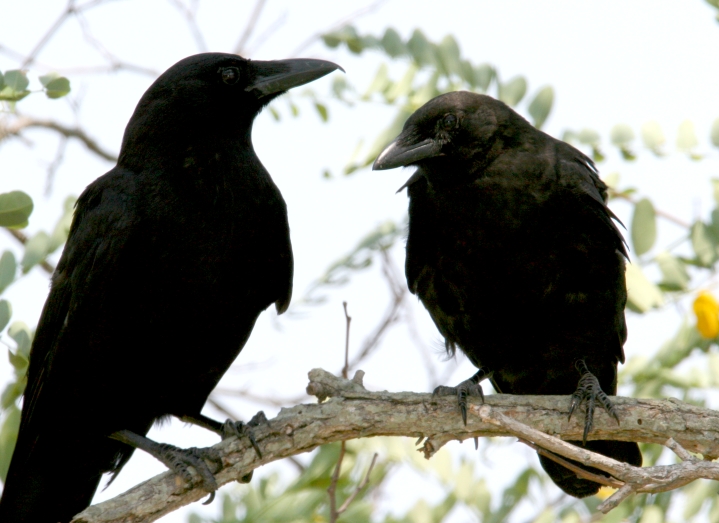
Below: A female Needham's Skimmer in Charles Co., Maryland (6/17/2006). This was the most common dragonfly species in the area this weekend.
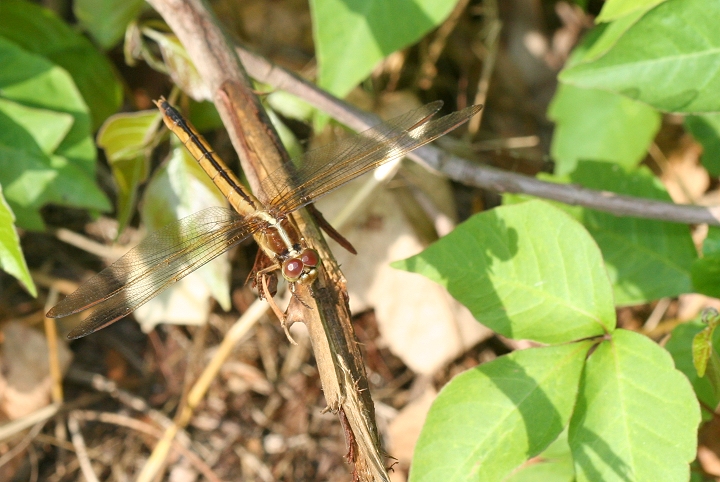
Below: A Mourning Dove in Charles Co., Maryland (6/18/2006).
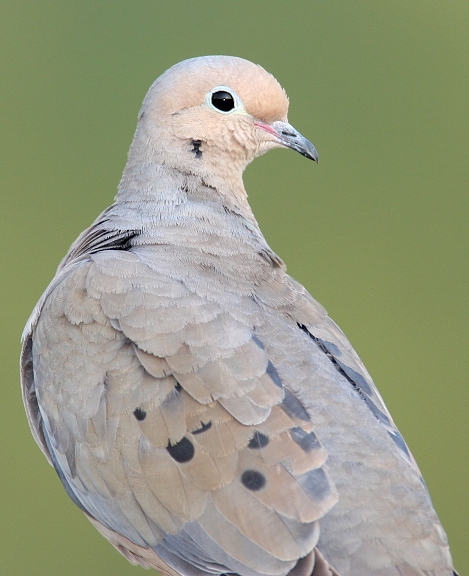
Below: A female Blue-tipped Dancer (Argia tibialis) in St. Mary's Co., Maryland (6/18/2006).
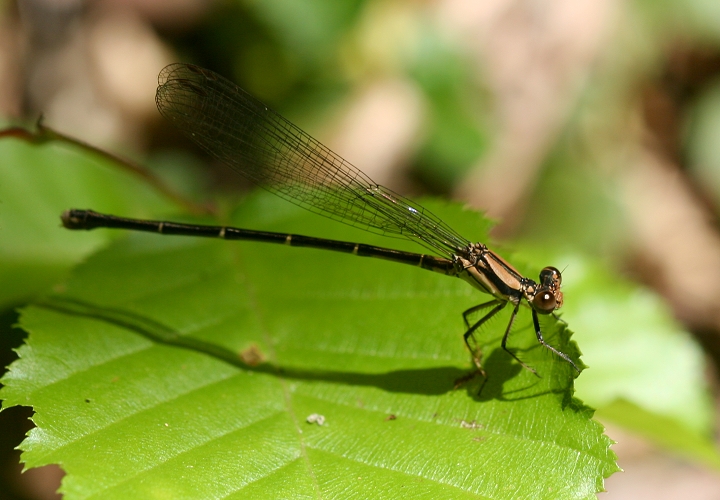
Below: A Mute Swan parent near Solomons, Calvert Co., Maryland (6/18/2006).
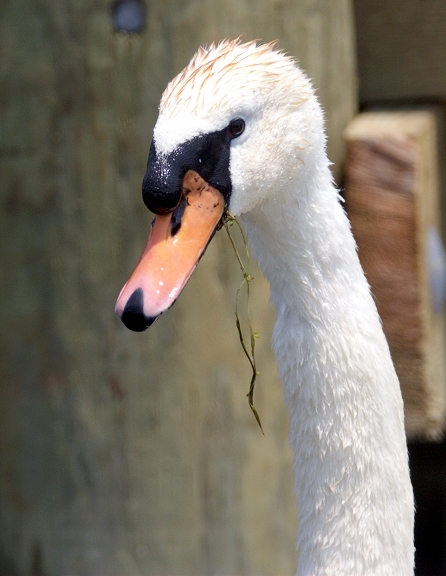
Below: Even Mute Swans are cute as youngsters. Baby swans are called cygnets.
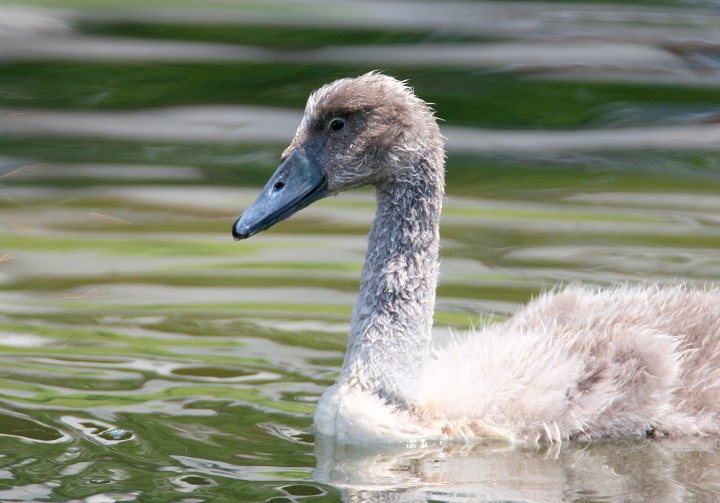
Below two: But here's a really cool swan. This is a first-year Trumpeter Swan that's been hanging around Schoolhouse Pond in Prince George's Co., Maryland. As Fred Shaffer, who has been keeping tabs on this bird, has pointed out, "It is part of the same group of birds banded as part of the Ontario Wye Marsh Trumpeter Swan program. This program has been working to reestablish Trumpeters in the Ontario area since the late 1980s or early 1990s, and the birds have been successfully breeding in the wild in that area. Some have even completed short winter 'migrations', traveling to areas in the US and then returning to breed in the Wye Marsh area in the following spring. The web site for Wye Marsh has a lot of good information on the program." Check out the Wye Marsh site. The second photo in particular shows the diagnostic bill shape. Hopefully the ongoing effort to restore this species' populations will bring increasing numbers back to the Chesapeake in years to come! Photographed on 6/15/2006.
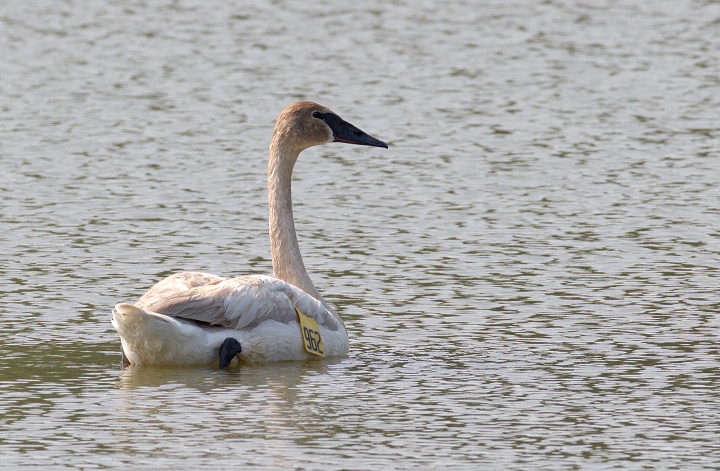
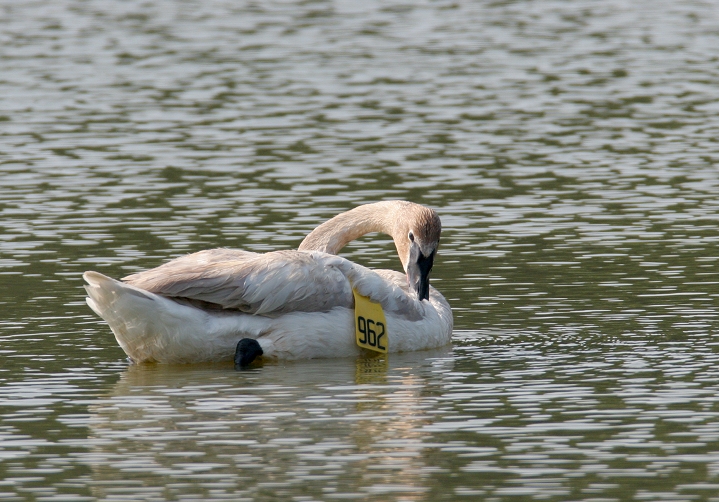
Featured Conservation Project: The Junín Grebe
